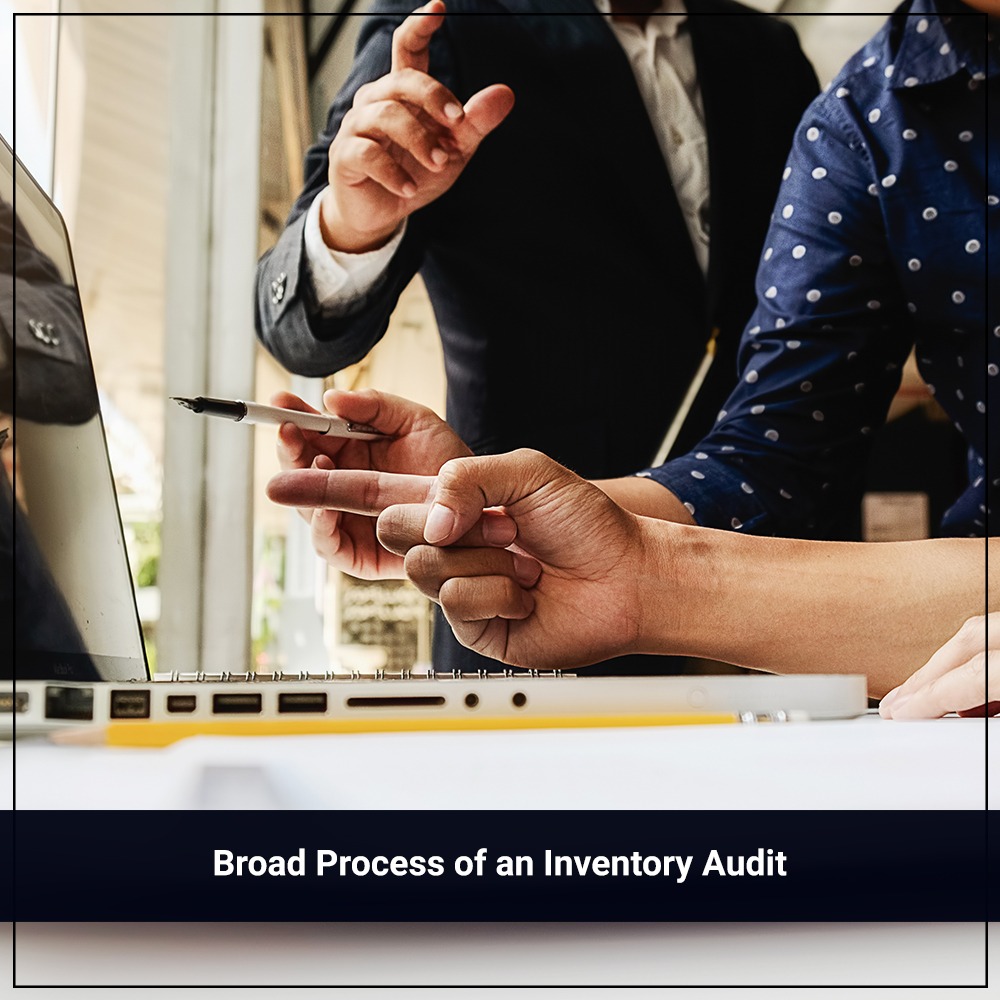
The management of the entity oversees physically verifying the inventory. Inventory must be physically counted at least once a year in accordance with established management procedures to verify its presence, condition, and support valuation. You are in luck if you are having one done for your company and are curious about the procedure. We shall discuss the physical inventory process audit in this blog.
The Importance of Auditing Inventory
An independent auditor provides an opinion after observing the inventory as part of a generally accepted auditing procedure to determine if the financial records of the inventory accurately reflect the actual inventory being carried. Acquiring evidence is a crucial part of auditing inventory, particularly for manufacturing or retail-based organizations. It could signify a sizable asset or capital balance.
To determine whether the value of the inventory is correctly represented in financial records and statements, inventory process audit must confirm not only the quantity of inventory but also its quality and condition.
Inventory Audit Procedures
Some common inventory audit procedures are:
- ABC analysis: An ABC analysis groups various inventory values and quantities. For instance, several groups could be created for high-value inventory, mid-value goods, and low-value goods. The goods can also be recorded and kept in their own value groupings.
- Analytical techniques:Analytical techniques involve examining inventory using financial measures including gross margins, days with inventory, inventory turnover ratio, and historical cost of inventory.
- Cut-off analysis: To prevent errors, the cut-off analysis involves stopping operations like receiving and shipping inventory while performing a physical count.
- Finished goods cost analysis: Manufacturers can use finished goods cost analysis, which includes valuing finished inventory over the course of an accounting period.
- Freight cost analysis: determine the shipping or freight costs for delivering products to various destinations as part of your freight cost analysis. It is crucial to track freight expenses because they are frequently factored into the value of inventory.
- Matching: Matching entails comparing financial records to the goods shipped, including the number of items and their cost. To ensure that the correct amounts were charged at the appropriate times, auditors may use matching.
- Overhead analysis: Analysis of overhead expenses: The analysis of overhead expenses can be included in the cost of inventory as well as the indirect costs of the company. In some circumstances, costs like as rent, utilities, and other expenses can be included in inventory costs.
- Reconciliation: Reconciliation entails addressing contradictions that an inventory audit reveals. On financial records, errors may be double checked and reconciled.
Proof of Auditing
Evidence is needed to determine whether financial statements or records have been created in accordance with standards and are free of major errors. It is also necessary to encourage the independence, accuracy, and transparency of audit reports. Auditors need proof to confirm the accuracy of inventory process audit. The supplied financial information may be supported or verified by it. On the other hand, the proof can be inconsistent with the financial data, which would suggest fraud or mistakes.
This content is meant for information only and should not be considered as an advice or legal opinion, or otherwise. AKGVG & Associates does not intend to advertise its services through this.
Posted by
Aman Aggarwal
AKGVG & Associates
